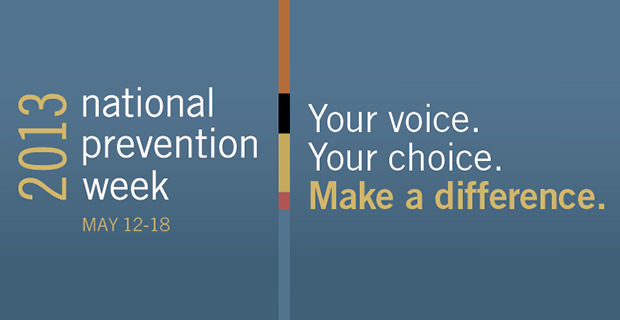The misuse and growing dependency problems surrounding prescription painkillers have reached significant levels in the US. Forbes recently ran an article that reported how 40,000 Americans no perish each year from prescription medication overdose. In fact, more people die from prescription medication than by car accidents or violent crimes.
This is a relatively recent development, spurred largely by the proliferation of pharmaceuticals like OxyContin, and other opioids, many of which are based on formulations of oxycodone, hydrocodone, and methadone. As of 2007, 99% of all the hydrocodone (found in Vicodin) in the world was consumed in the US.
Between 1990 and 2012, drug overdoses in the US doubled. Of those, almost 60% occured as a result of prescription medication.
The Clinical Journal of Pain has pinned the total cost from non-medical abuse of painkillers at $53 billion. That staggering amount was totaled by including lost workplace productivity, treatment, and associated medical complications.
Recent data from The White House shows that one third of people using illegal drugs first began with prescription drugs. The picture is coming very clear. Something needs to be done.
While immediately following surgery or injuries, painkillers can allow for an individual to cope with the pain of recovery, the use of these medications for more than 90 days drastically increases the overall likelihood of dependence.
Additionally, extreme caution is needed when prescribing prescription pain treatment medication to children under the age of 18.
At this point in time, some physicians prescribe extremely powerful pain medication for patients dealing with recurring lower-back pain, chronic headaches, and other ongoing medical issues. Rather than focusing on patient wellness, many physicians take steps in treatment that solve short-term problems, without a long-term solution in mind.
As individual tolerance builds up, these patients need higher dosages to achieve similar results. While the pain they feel may be perceived as “needing” more medication, the negative health effects such as cardiac or repertory failure, draw nearer with each heightened dose.
A more appropriate solution to pain management should include the administration of these medications as a part of a comprehensive and holistic treatment strategy. More centralized data collection would also be appropriate, to help physicians track patients who have developed dependencies on painkillers or those who participate in “doctor shopping.”
While individual American consumers are ultimately responsible for their own behavior, a great degree of responsibility could also be placed on the physicians who better understand the full spectrum of health risks associated with prescription medication.
Via Forbes




